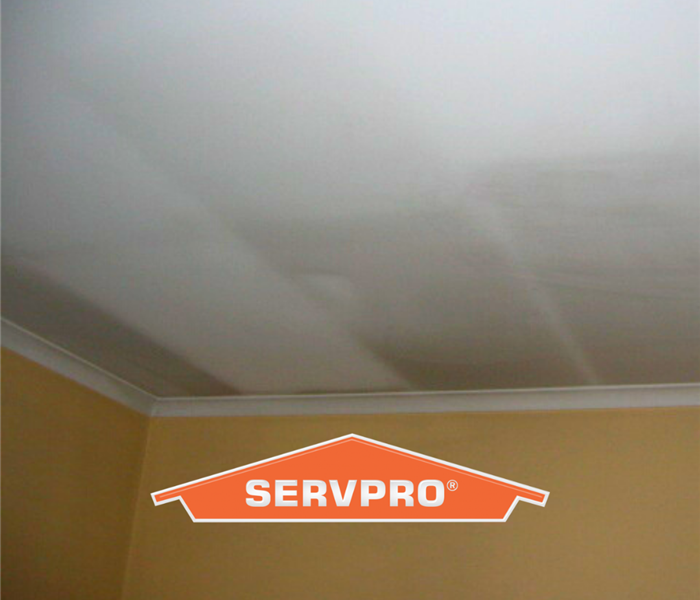What is Ghosting? (Part 1)
11/18/2021 (Permalink)
Have you noticed a faint discoloration on your walls? Or a dark, dusty residue on top of flat surfaces? Your home is being ghosted!
Don’t worry, you’re not being haunted. Ghosting, otherwise known as “sooting” is very subtle soot damage. It is relatively common and typically harmless, aside from being an unsightly nuisance.
Surprisingly, the most common cause of ghosting is candle burning. Although they appear to burn cleanly, scented candles produce tiny particles of soot. As the airborne particles settle, they combine with dust and cling to cool surfaces. Over time this creates noticeable staining.
If you simply can’t forgo the cozy ambiance of a lit candle, not to worry! There are ways to limit candle soot.
- Always trim your wick before lighting, especially if it has a mushroom shape.
- Never burn your candle close to a wall. Place it on a table instead, away from flammable materials.
- If possible, leave a window cracked to allow for ventilation.
- Use a snuffer or lid to extinguish the flame. Doing so will trap emitted smoke.
- Keep the flame still. A flickering wick will produce sooty smoke. Consider purchasing a lid-topper, which reduces the draft around your candle, allowing it to burn evenly.
Aside from candle burning, other causes of ghosting include cigarette smoking, woodstoves and fireplaces, poorly tuned furnaces, kerosene heaters, propane logs, and unvented stoves. Regular maintenance of such appliances and proper ventilation will help reduce the issue.






 24/7 Emergency Service
24/7 Emergency Service
